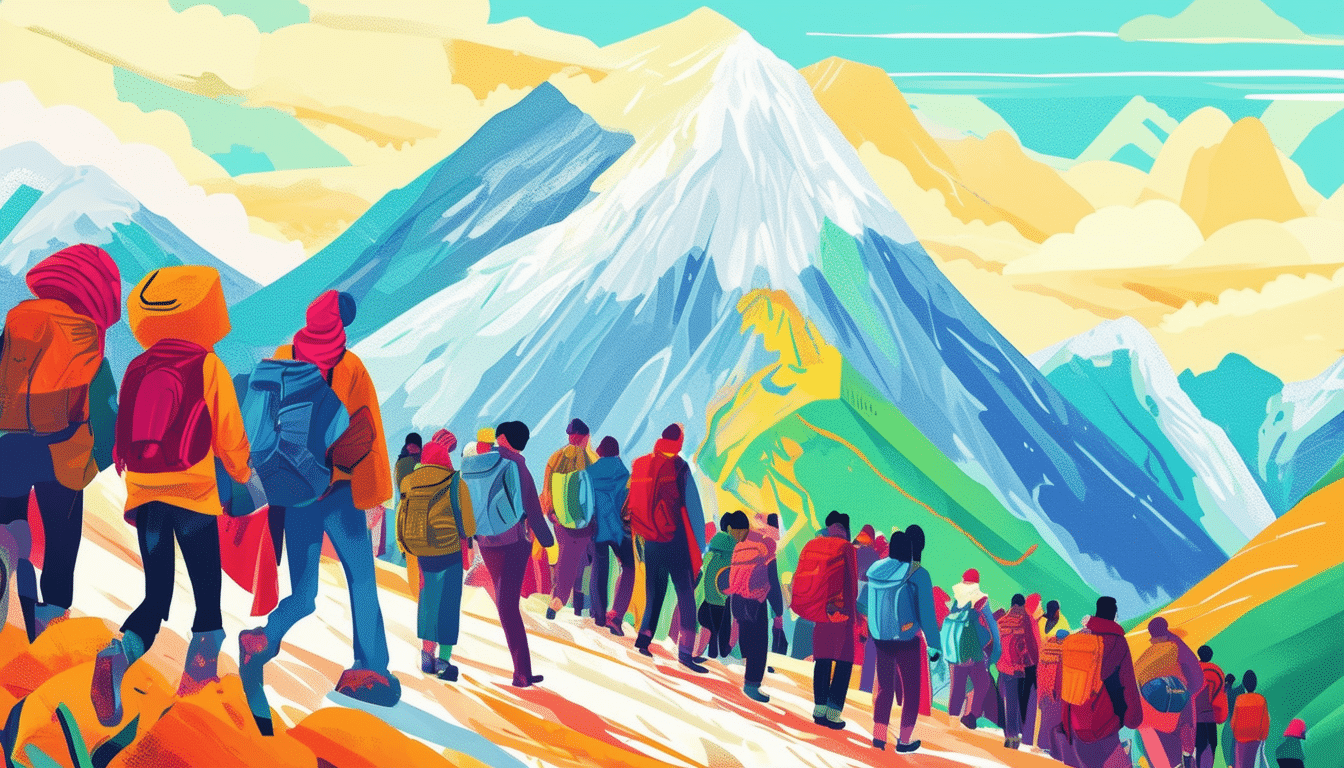In the majestic calm of the peaks, mountain professionals face a growing challenge: preserving these natural spaces from the massive influx of visitors and harmful activities such as wild barbecues and irresponsible swimming. The fragility of the local flora is being put to the test, but initiatives are emerging to raise awareness and protect these natural treasures.
Prevention and restrictive measures
The parks and natural reserves mountain communities do not relax their efforts in terms of prevention. For example, the Jovet lakes, located in the Contamines-Montjoie nature reserve in Haute-Savoie, are now prohibited from bivouac and swimming all year round. This decision, effective from July 1 to August 31, aims to protect the fragility of this unique ecosystem. Other similar measures are being adopted in various mountainous regions to better control visitor behavior.
Change in visitor profile and incivility
Since the end of the pandemic, the profile of hikers and campers has changed. There is an increase in incivility, such as wild barbecues and increased swimming in mountain lakes, leading to the destruction of local flora. Yvan Chaix, director of the Hautes-Alpes Development Agency, highlights the lack of knowledge of the mountain environment by a new generation of international tourists who are poorly informed about good practices.
Specific case of Isère and proposed solutions
The Chamrousse station, near Grenoble, has also noted an increase in incivility. To remedy this, measures have been put in place: ban on bivouac around Lake Achard, hiring of green guards and pastoral mediators, and installation of eco-meters to monitor visitor flows.
The results are positive, with a 30% reduction in visitor flows around Lake Achard. However, this flow regulation must be constant to avoid problems moving to other areas.
Promotion of alternative bivouac areas
In Chamrousse, other solutions are also being considered, such as the transformation of artificial lakes into bivouac areas and fishing activities to direct visitors to more suitable spaces. These actions could allow better regulation of behavior and increased protection of natural areas.
Successful examples elsewhere in France
In the Vanoise National Park, respect for the rules is exemplary. Thanks to an awareness policy and precise management of authorized bivouac areas, most visitors adopt respectful behavior. The Écrins park, for its part, insists on support from mountain professionals to ensure that the right actions are adopted and to educate visitors on environmental issues.
Awareness initiatives and support
Mountain professionals also highlight the use of guides to accompany hikers. These initiatives ensure the adoption of environmentally friendly behavior. Yvan Chaix notes that the intervention of mountain rescue professionals also contributes to raising visitors’ awareness of safe actions.
The dissemination of information nevertheless remains a major challenge due to the extent of the territories to be covered. It is essential to favor certain less fragile but equally beautiful places, in order to judiciously organize visitor flows and effectively protect mountain ecosystems.
Protecting the mountain from the influx of visitors is based on a combination of restrictive measures, awareness-raising, and professional support. The involvement of professionals in the management of natural spaces and the implementation of innovative solutions are essential to preserve the natural wonders of our mountains while allowing everyone to continue to enjoy them responsibly.









